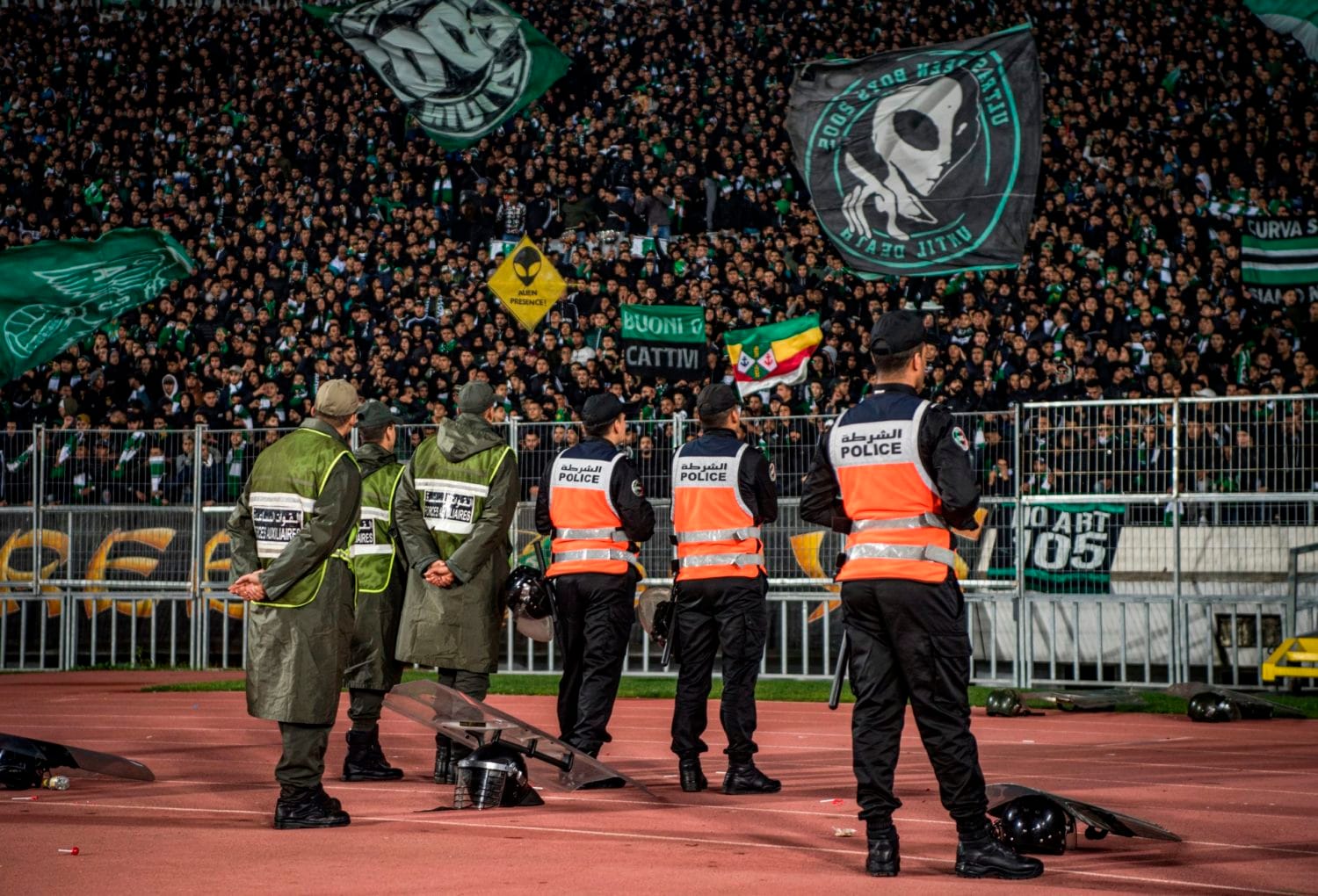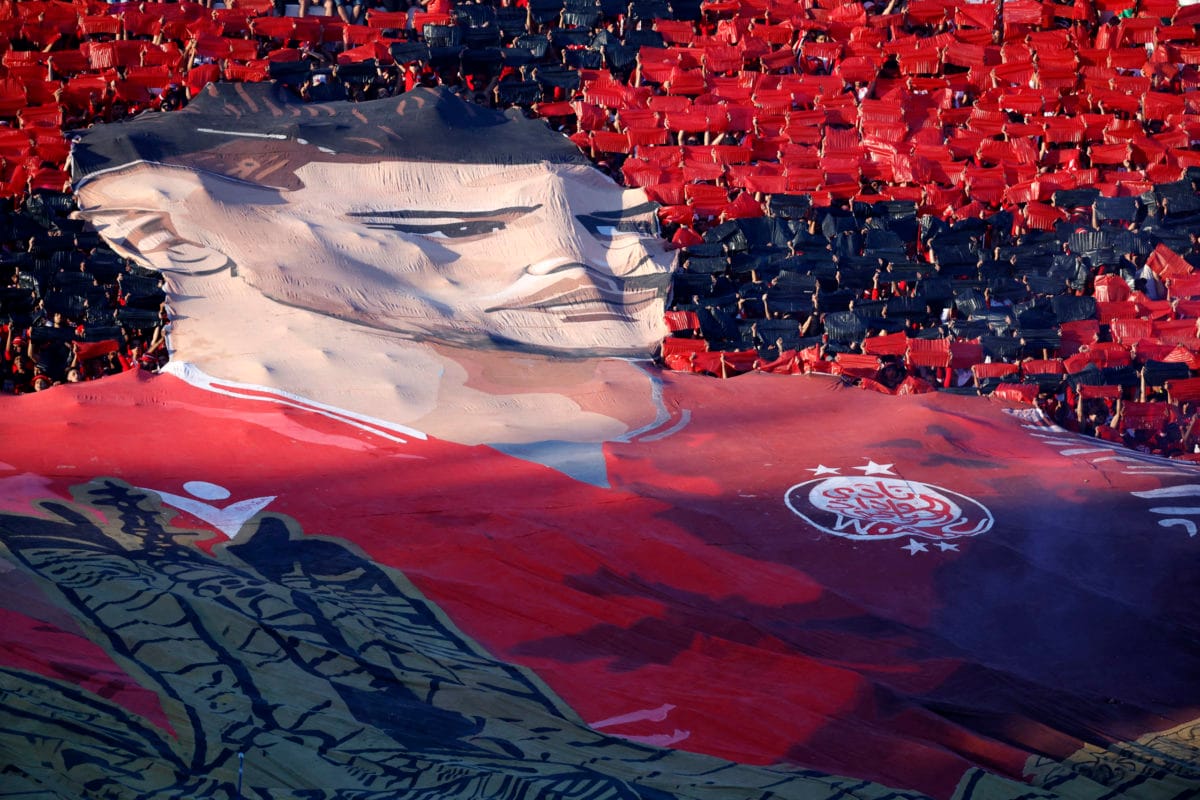Morocco’s Marginalized Youth and the Rise of Football Ultras
With Morocco’s youth reeling from bleak educational and job prospects following two years of strict COVID lockdowns, football clubs offer unique outlets for expressing frustration, anger and opposition to the authoritarian status quo. The stadium has become one of the few public spaces relatively fr












